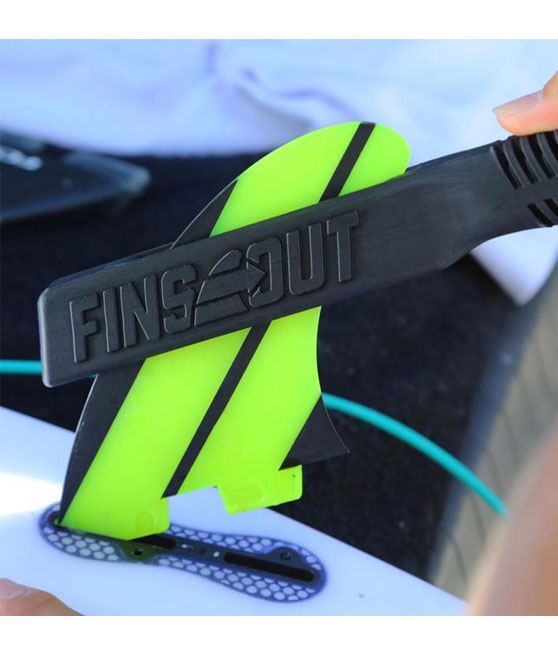

If however, you hit it whilst travelling forwards, the chances are you’re actually surfing and will therefore have a lot more speed, momentum and force. If you get pushed backwards on a surfboard (get sucked back on a duck dive or with a bit of current) and hit an object or the sand, your fins aren’t really in that much danger – you’ll be travelling at low speeds and really aren’t going to be travelling in that direction much.

It doesn’t produce speed or turning maneuvers. Single Fin Setup Single fin surfing is great for a relaxed surfing experience. For most boards, the five-fin setup allows you to swap between a thruster and and quad set up. All you need to do is replace the fin instead of repairing the surfboard.įive fin set ups feature two rail fin boxes and one center fin box – depending on the board, you might fin all Futures or all FCS boxes or Futures/FCS on the side with a single fin box in the middle. Surf fins enthusiasts feel that Futures fins are stronger, and when they break, it’s usually in the base. While FCS was almost the only choice at the beginning of the century, Futures has grown and improved its alternative fin concept.

But an FCS 2 fin WILL NOT fit into a FCS 1 fin box. Dual-Tab is the generic name that is usually given to the FCS original fins, with two tabs.Ĭompatibility notice: FCS 1 fins WILL work with FCS 2 fin boxes when using a compatibility kit. The middle fin is closer to the tail of the board. The two outer fins are angled towards the centre of the board increasing tracking and speed. The third fin adds more stability and manoeuvrability. If you have a tri-fin setup you can always remove fins to try single and twin fin surfing as well. Whats the difference between 1 fin and 3 fins on a surfboard?


 0 kommentar(er)
0 kommentar(er)
